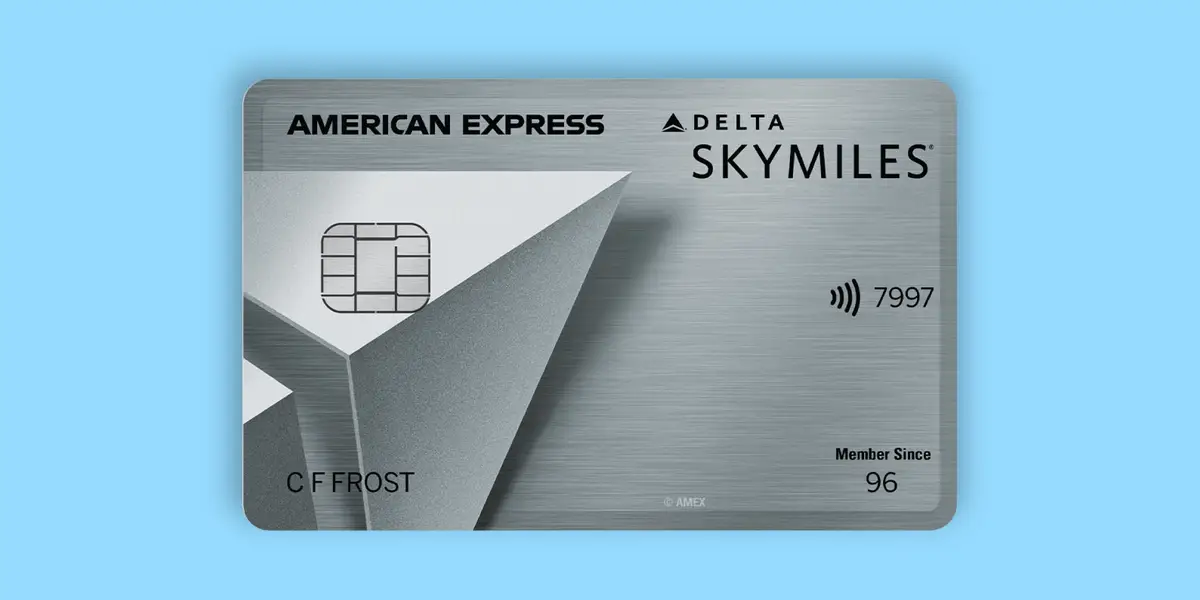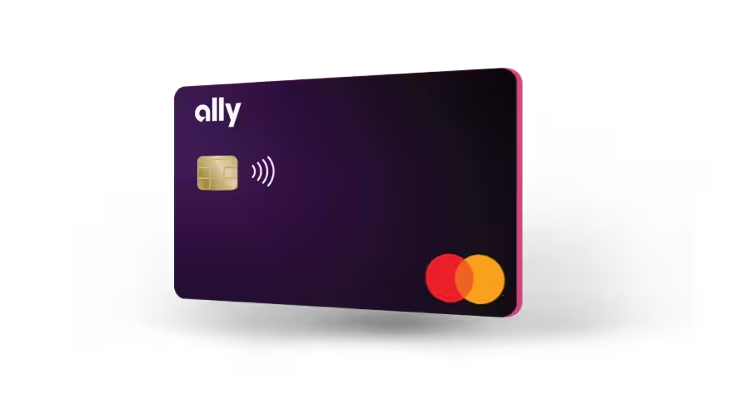The impacts of interest rates on credit cards and how to avoid them

The Importance of Understanding Interest Rates
When you use a credit card, your ability to manage finances can heavily depend on your understanding of interest rates. These rates, which represent the cost of borrowing money, play a significant role in determining how much you’ll end up paying over time on any purchases you make with your credit card. An awareness of how these rates operate can empower you to take control of your finances, actively minimizing the financial burden they may impose.
How Interest Rates Work
Interest rates are essentially the price you pay for borrowing money from the credit card issuer. The higher the interest rate, the more you will owe in interest charges if you do not pay your balance in full each month. For example, if you have a credit card with a 20% interest rate and you carry a $1,000 balance, you might pay about $200 in interest over the course of a year if you only make the minimum payments.
Variable vs. Fixed Rates
Credit cards typically come with either a variable interest rate or a fixed interest rate. Variable rates can fluctuate based on market conditions, meaning your payment could increase unexpectedly. For instance, if your variable rate card is pegged to the prime rate, a raise in the prime rate by the Federal Reserve could raise your interest expense. On the other hand, fixed rates remain constant, providing more predictability for financial planning. Understanding which type of rate you have can be crucial for effective budgeting.
Monthly Compounding
Another critical factor to consider is how interest accrues. Many credit cards use monthly compounding, which can significantly affect your total payment if you don’t pay off your balance regularly. This means that if you skip a payment or only pay part of your balance, your unpaid interest will be added to your principal balance, leading to ‘interest on interest.’ For example, if you owe $500 and don’t pay it off, you may end up paying interest on the new total the following month.
Strategies to Manage Interest Rates
The implications of high interest rates can lead to substantial debt accumulation, making financial management feel daunting. However, there are several strategies to avoid high interest costs. One effective approach is to pay off your balance in full each month, preventing any interest charges from accumulating. If this isn’t feasible, consider making larger payments than the minimum required or transferring balances to a card with a promotional 0% APR offer, allowing you to save on interest temporarily.
In summary, understanding how interest rates function, recognizing the difference between variable and fixed rates, and being aware of monthly compounding can significantly influence your financial health. With some diligent planning and informed decision-making, you can take full advantage of your credit while steering clear of excessive debt. Your credit experience doesn’t have to turn into a financial burden, equipped with the right knowledge and tools to navigate these waters.
DISCOVER MORE: Click here to learn about financial planning for your child’s education
Understanding the Financial Impact of Interest Rates
The burden of credit card debt can escalate rapidly if you don’t keep a close eye on interest rates. Knowing how these rates affect your finances is crucial to maintaining a healthy credit score and avoiding excessive debt. Interest rates can often feel like a hidden trap, one that you want to understand thoroughly before you fall into it. Let’s delve deeper into how credit card interest rates work and their direct impact on your finances.
The Cost of Carrying a Balance
When you decide not to pay your credit card balance in full, you carry a balance that accrues interest. The higher the annual percentage rate (APR), the more you will pay over time. For instance, if you have a credit card with a 25% APR and maintain a $2,000 balance, you will incur roughly $500 in interest charges over a year if you only make minimum payments. This not only adds to your total debt but can also discourage you from making additional purchases or investments.
The Role of Credit Scores
Interest rates on credit cards are often determined by your credit score. A better score typically allows you to qualify for lower rates, while a weaker score results in higher rates. Maintaining a good credit history and timely payments is therefore essential, as high-interest rates can make it harder to pay down existing debt. If your credit score is low, you may feel trapped in a cycle where high-interest charges make it difficult to reduce your balance. This can lead to additional stress and financial strain.
Understanding Fees and Their Impact
In addition to interest charges, credit card accounts often come with annual fees, late payment fees, and balance transfer fees. These costs can quickly accumulate, further increasing your overall debt. Here are some common fees to be aware of:
- Annual Fees: These are charged simply for using the credit card.
- Late Payment Fees: Missing a payment can result in hefty fines and can also trigger a hike in your interest rate.
- Cash Advance Fees: Taking cash from your credit card typically comes with a higher interest rate and immediate fees.
Understanding these fees can help you make more informed choices about which credit card to use and how to use it responsibly.
Creating a Payment Strategy
To combat the adverse effects of high-interest rates, consider developing a focused payment strategy. Here are some tips to help you stay in control:
- Pay On Time: Ensure all payments are made before the deadline to avoid late fees and potential rate increases.
- Pay More Than the Minimum: Regularly paying more than the minimum can significantly reduce how much interest you owe over time.
- Consider Balance Transfers: If you’re overwhelmed by high rates, transferring your balance to a card with 0% introductory APR can provide you some breathing room.
Through careful attention and proactive financial management, you can mitigate the impact of interest rates on your credit cards and lay a path towards financial stability.
DIVE DEEPER: Click here to learn more about how investors are adjusting
Strategies for Managing Interest Rates on Credit Cards
Understanding the complexities of credit card interest rates is just one aspect of effective financial management. In addition to being aware of how these rates can impact your financial health, it’s crucial to utilize practical strategies to keep them under control. Here are several techniques you can employ to minimize the effects of interest rates on your credit card debt.
Shop Smart for Credit Cards
Before choosing a credit card, take the time to compare options that best fit your financial situation. Different credit cards come with varying interest rates, fees, and rewards. Rewards cards or those offering cash back often seem enticing, but if their interest rates are high, they may not be worth it if you carry a balance. For example, if you are attracted to a card that offers 2% cash back but has a 22% APR, you could end up losing more money in interest than you earn in rewards.
Additionally, look for credit cards with low introductory interest rates. Many issuers provide cards with rates as low as 0% for the first year, which can be incredibly helpful if you need to finance a larger purchase or transfer existing debt. Just remember to note when the promotional period ends, as rates can rise significantly afterward.
Automatic Payments and Alerts
Setting up automatic payments can be a lifesaver when it comes to avoiding late fees and minimizing interest rates. By scheduling your payments for at least the minimum amount due, you can ensure that you never miss a deadline. Many credit card companies provide options to set reminders for upcoming payment deadlines, giving you an additional safety net. This consistency helps keep your credit score intact and can sometimes even lead to a reduction in your interest rates over time when lenders see your reliability.
Utilize Tools for Tracking Spending
Keeping a close watch on your spending can make a substantial difference in managing credit card debt. Numerous budgeting apps and tools allow you to track your purchases and ensure you live within your means. Consider utilizing apps like Mint or YNAB (You Need A Budget) to help you monitor your credit card usage and spending habits effectively.
Being aware of where your money goes can prevent you from overspending, thus reducing your chances of accumulating debt that incurs interest. For instance, if you find that you frequently charge dining expenses to your credit card, you may decide to limit those outings or explore more cost-effective options instead.
Consider Professional Financial Guidance
Sometimes, seeking help from a financial advisor can provide you with tailored strategies for managing debt and understanding interest rates. These professionals can assess your unique financial situation and offer personalized recommendations that will help you navigate credit card use. Whether it’s creating a debt repayment plan or finding ways to improve your credit score, their insights can be invaluable.
By employing these strategies and remaining proactive about your credit usage, you can significantly mitigate the struggle with high-interest rates and ensure your credit card remains a tool for financial success rather than a hindrance.
DISCOVER MORE: Click here to learn how to apply
Conclusion
As we’ve explored throughout this article, interest rates directly impact the cost of borrowing on credit cards and managing this debt effectively is essential for maintaining financial health. While high-interest rates can turn even small balances into overwhelming debt, understanding how they work allows you to make informed choices that can save you money in the long run.
Key strategies, such as comparing credit card offers, utilizing automatic payments, and tracking your spending, empower you to take charge of your finances. By being mindful about your credit card usage, you can not only avoid accruing high-interest debt but also pave the way towards a stable financial future. Importantly, don’t hesitate to seek professional financial advice if you’re uncertain about managing your credit card or navigating the complexities of interest rates.
Ultimately, the goal is to make credit cards work for you rather than feeling enslaved by them. With thoughtful planning and disciplined financial habits, you can minimize the negative impacts of interest rates and leverage credit cards as a beneficial tool in your personal finance toolkit. Remember, knowledge is power; the more you understand credit and its costs, the better decisions you will make, ensuring that your financial journey is both rewarding and sustainable.


